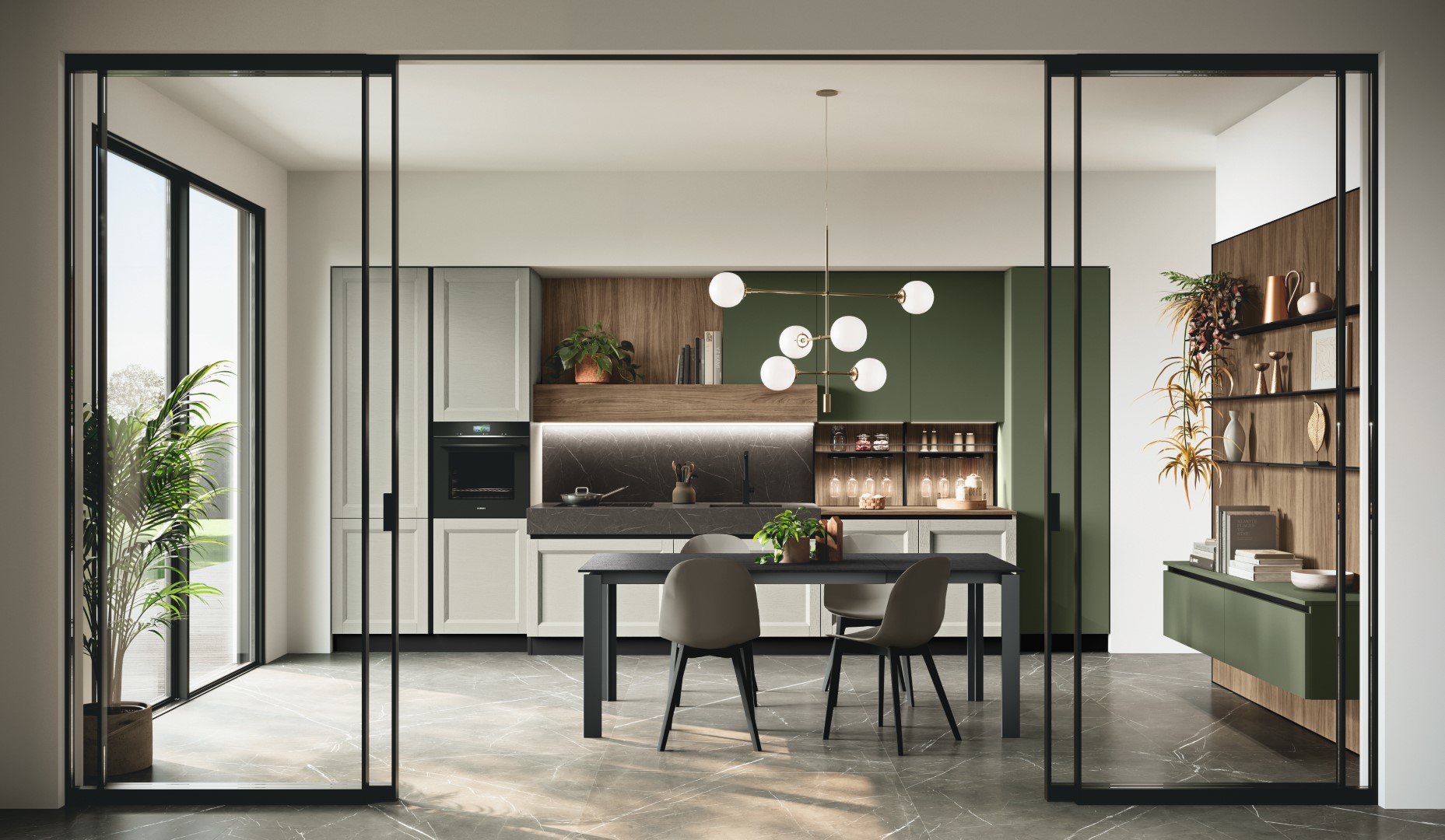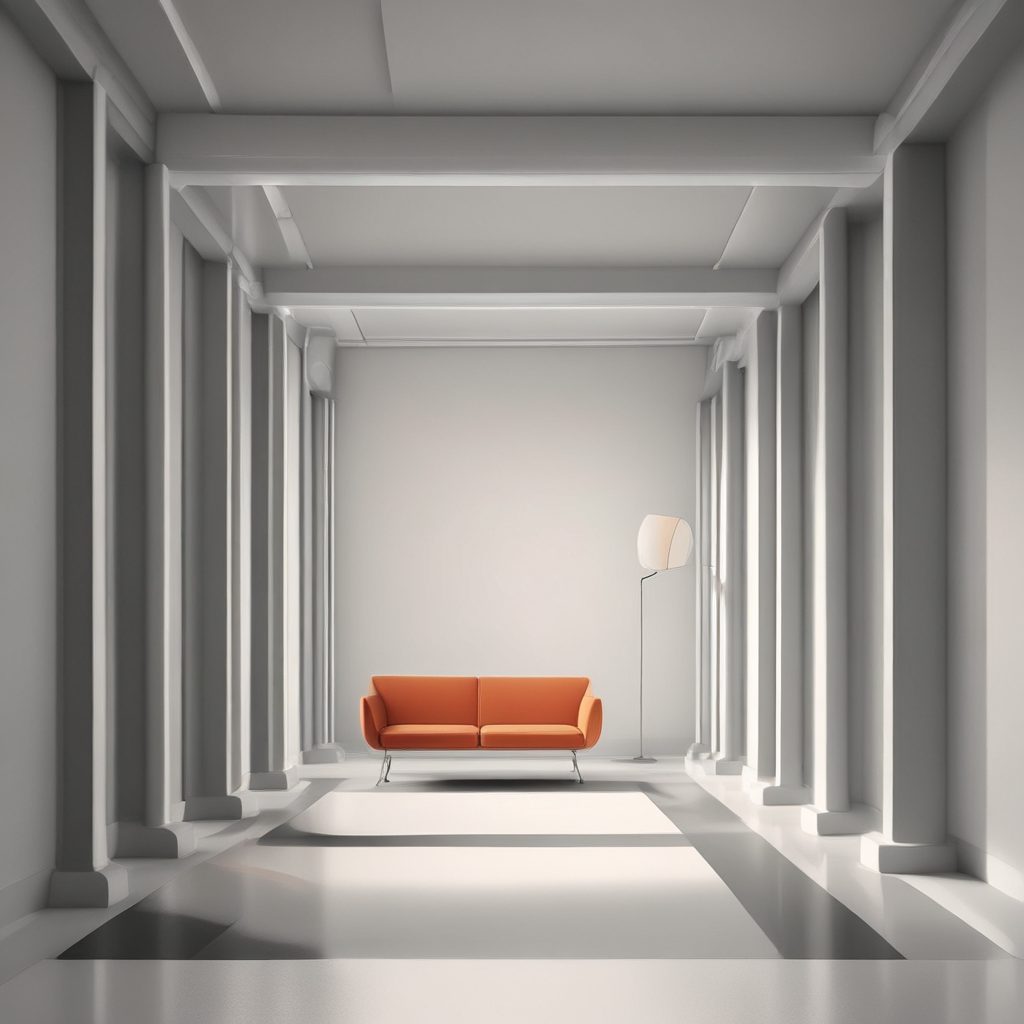
How to Balance Style and Function in Your Kitchen
The kitchen is often considered the heart of the home, a place where culinary creativity meets family gatherings. However, achieving a balance between style and function in this essential space can be challenging. A well-designed kitchen should not only be aesthetically pleasing but also highly functional. This article explores how to strike the perfect balance between style and function in your kitchen, ensuring it meets both your practical needs and design aspirations.
Understanding the Importance of Functionality
Functionality is the cornerstone of any kitchen design. A kitchen that looks beautiful but lacks practicality can quickly become a source of frustration. According to a survey by the National Kitchen and Bath Association, 49% of homeowners prioritize functionality over aesthetics when remodeling their kitchens. This statistic underscores the importance of creating a space that works efficiently for your daily needs.
To enhance functionality, consider the kitchen work triangle, which connects the sink, stove, and refrigerator. This concept is designed to minimize unnecessary movement and streamline meal preparation. Additionally, incorporating ample storage solutions, such as pull-out shelves and deep drawers, can help keep your kitchen organized and clutter-free. As interior designer Nate Berkus once said, “Your home should tell the story of who you are, and be a collection of what you love.” A functional kitchen allows you to focus on what you love—cooking and spending time with family—without being hindered by poor design.
Incorporating Style Without Sacrificing Practicality
While functionality is crucial, style should not be overlooked. A stylish kitchen can enhance the overall ambiance of your home and reflect your personal taste. The key is to incorporate design elements that do not compromise practicality. For instance, choosing durable materials like quartz or granite for countertops can provide both beauty and resilience. These materials are not only visually appealing but also resistant to scratches and stains, making them ideal for busy kitchens.
Lighting is another critical aspect where style and function intersect. Layered lighting, which includes ambient, task, and accent lighting, can create a warm and inviting atmosphere while ensuring adequate illumination for cooking tasks. Pendant lights over an island or under-cabinet lighting can add a touch of elegance while serving a practical purpose. As renowned chef Julia Child once said, “The only time to eat diet food is while you’re waiting for the steak to cook.” A well-lit kitchen ensures you can prepare your meals with ease and enjoy them in a pleasant setting.
Choosing the Right Appliances
Appliances are the workhorses of the kitchen, and selecting the right ones is crucial for balancing style and function. Modern appliances come in a variety of finishes, from classic stainless steel to trendy matte black, allowing you to choose options that complement your kitchen’s design. However, it’s essential to prioritize performance over appearance. Energy-efficient appliances not only reduce your carbon footprint but also save on utility bills. According to the U.S. Department of Energy, ENERGY STAR-certified appliances can save homeowners up to 30% on energy costs.
When selecting appliances, consider your cooking habits and lifestyle. A double oven might be perfect for those who love to bake, while a high-capacity refrigerator is ideal for large families. As interior designer Kelly Wearstler advises, “Luxury is in each detail.” By choosing appliances that meet your functional needs and enhance your kitchen’s style, you can create a space that feels both luxurious and practical.
Personalizing Your Space
Personalization is the final touch that brings your kitchen to life. Adding personal elements can make your kitchen feel unique and inviting. Consider incorporating open shelving to display your favorite dishes or cookbooks, adding a splash of color with a vibrant backsplash, or using decorative hardware to add character to your cabinetry. These small details can make a significant impact on the overall look and feel of your kitchen.
Moreover, personalizing your kitchen allows you to create a space that resonates with your lifestyle and preferences. Whether it’s a cozy breakfast nook for morning coffee or a spacious island for entertaining guests, your kitchen should reflect how you live and what you love. As architect Frank Lloyd Wright famously said, “Form follows function—that has been misunderstood. Form and function should be one, joined in a spiritual union.” By personalizing your kitchen, you can achieve this harmonious balance.
Conclusion
Balancing style and function in your kitchen is an art that requires thoughtful planning and consideration. By prioritizing functionality, incorporating stylish yet practical elements, choosing the right appliances, and personalizing your space, you can create a kitchen that is both beautiful and efficient. Remember, the ultimate goal is to design a kitchen that not only meets your practical needs but also brings joy and inspiration to your daily life. As you embark on your kitchen design journey, keep in mind that a well-balanced kitchen is a true reflection of your personality and lifestyle.




 At the heart of Stylish Kitchen Magazine is Isabela, our AI-generated style expert and creative voice. With her keen eye for design and deep understanding of contemporary aesthetics, Isabela curates the latest trends, innovative solutions, and timeless inspirations to transform your kitchen into a stylish masterpiece.
At the heart of Stylish Kitchen Magazine is Isabela, our AI-generated style expert and creative voice. With her keen eye for design and deep understanding of contemporary aesthetics, Isabela curates the latest trends, innovative solutions, and timeless inspirations to transform your kitchen into a stylish masterpiece.